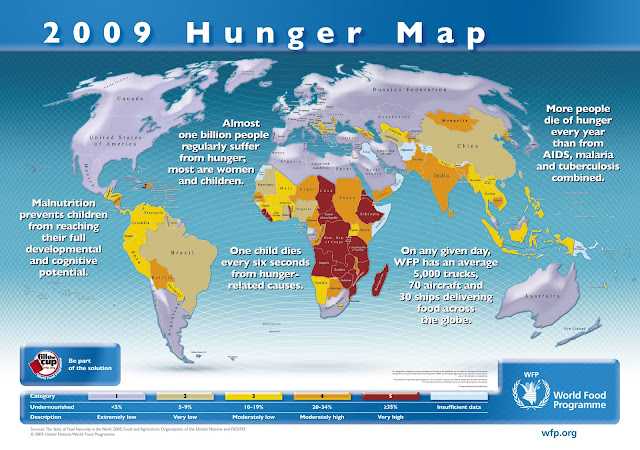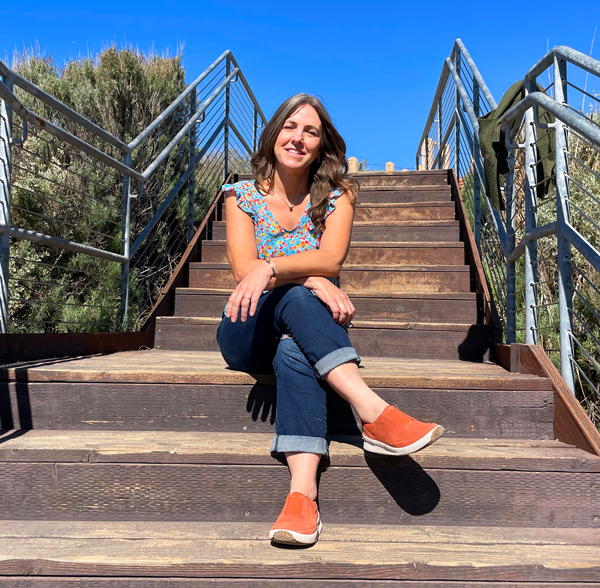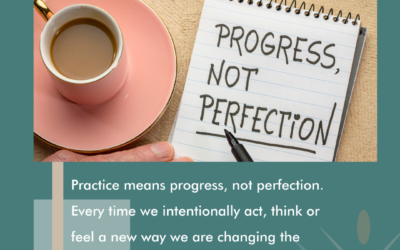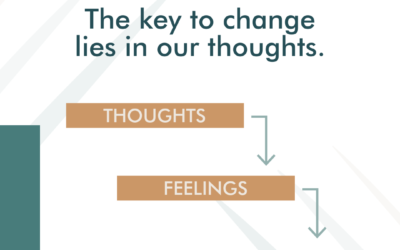Recently, I viewed a webinar hosted by Adoption Learning Partners about nutrition and internationally adopted children. It is called Food for Thought: Impact of Poor Nutrition in Early Development. The course was only $15. You can still take the course, it’s just taped verses live. It’s about 1.5 hours, the first hour is lecture and the last 30 minutes is answering questions. As a Registered Dietitian, I was super excited about this course. I have tried researching the topic of malnutrition in internationally adopted children and found the scientific literature scarce. However, it is a growing area of research and focus so hopefully, we will see more and more evidence based practices.
One somewhat unrelated thing I learned from the webinar is that children from Korea are well feed institutionally (in orphanages). I don’t know specifics but that is what the pediatric doctor said, a specialist in caring for international and foster care children. Apparently, they are not lacking nutritionally- sometimes they are even overfed! So interesting… I would love to learn more about what they do different there.
First, let me preface all of this nutrition stuff by saying the most important thing we can do for our child(ren) is give them a nurturing, safe, predictable, and sensory rich environment. Internationally adopted children tend to come from environments that are not only nutritionally deprived but social and sensory deprived. I’m leaving next week to finish the course I’m taking from Dr. Purvis at TCU and hope to share more about caring for our children when I get back. It’s been a huge, huge resource and an amazingly practical amount of knowledge… Everyone who is (or has) adopted needs this information! OK… back to the nutritional aspect …
 |
| If hunger is a problem in the country, the orphanages probably have an even greater hunger problem! |
Growth and Orphanage Kids
We were shown 3 pictures of children and asked to guess the sex and age of each child. I guessed all boys ages 3,5 and 8. I was shocked to find out they were all girls ages 11,14 and 17! These were children raised in institutions. Obviously, growth failure is huge in children raised in orphanages. When compared to local children of matched social-economic status, institutionalized children were significantly smaller and the community children were in the normal ranges. I won’t go into the details but it was fascinating to learn about the various factors of why this is the norm. I’m sure you can guess several of the reasons.
Growing Once at Home
The good news is the catch-up growth is very substantial! There is typically great improvement in height, weight and head circumferences soon after they come home and are fed a nutritious diet. Head circumference is one of the best indicators of cognitive development later in life, so this is a good, good thing. This rapid catch-up growth is essentially complete after a year of being home with you. (Interesting side note: In gastric bypass patients the first year is also the greatest time of impact. The most rapid weight loss period is the first year.) Children often consume 200-300% over the RDA. The RDA is the Recommended Daily Allowance. So these kids are chowing down hard core! 🙂 The doctor said not to worry about overeating the first year home (unless they are eating to the point of vomiting or hording- those are different issues and should be addresses differently). Give them nutritious foods (not empty calories AKA junk food).
Micronutrient Deficiencies
These vary by country (due to the regions food crops and consumptions) and probably even by orphanage (due to possible outside sponsorship). Typically, this doctor finds iron, zinc and vitamin D deficiencies. Cognition, social interaction and attachment can all be affected by these deficiencies. BUT since our children will be consuming more than enough of the RDA the greatest source of intervention in these areas (cognition, social interaction and attachment) will be YOU and ME – the parents! 🙂 He said to have your child tested within 2-3 weeks after coming home.
Overall
Overall, the best way to attend to our child(ren)’s diet is to feed them the best we can and don’t make this an area of tension or battle. The doctor said “Give up the control”! Start with feeding them foods that they will eat and are are familiar then slowly add more variety and texture. For some kids, meal time may be an “icky” experience for them, depending on how and what they were fed at the orphanage. Textures may also be an issue for them, again, depending on how and what they were fed at the orphanage. A speech and language specialist may need to be contacted for help (tips and tricks) or if you are in a metropolitan area you may have the awesome ability to go to a feeding clinic! Or you may need be referred to a Registered Dietitian and asked to keep a 3 day food record to assess their diet’s specific nutrient composition… The doctor actually said that! It’s not a plug for RDs… at least not from me 😉
The Q and A session was all over the place and answered many, many great questions. I thought this was a great resource and the price is great. I tried to just give a brief overview. There were a lot of research data and details I left out that I found helpful in understanding the bigger picture of nutrition in regards to both orphanage feeding and post adoption nutrition.
Personal Note
Hope you find this review helpful. On a more personal note: I just met a lady at work who adopted a brother and sister two years ago from Kazakhstan. The girl is in my son’s third grade class! It was so fun to meet her. We both work at the school. She had read a “Praise” note I left on the teacher’s work room bulletin board about how we received our 143 number! I am thrilled to get to know her. Seems like there is always an instant connection when meeting other adoptive parents. LOVE it!





0 Comments